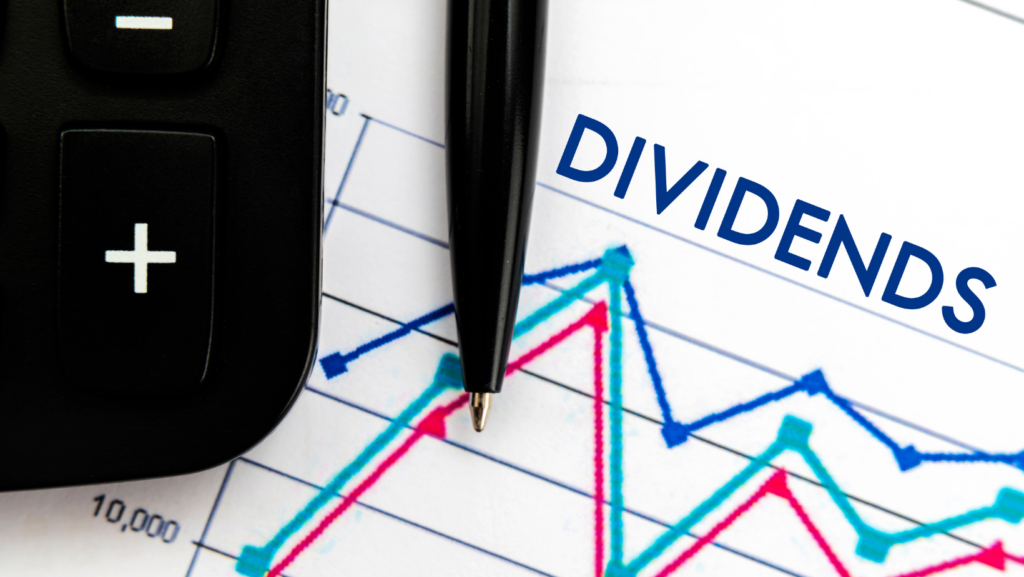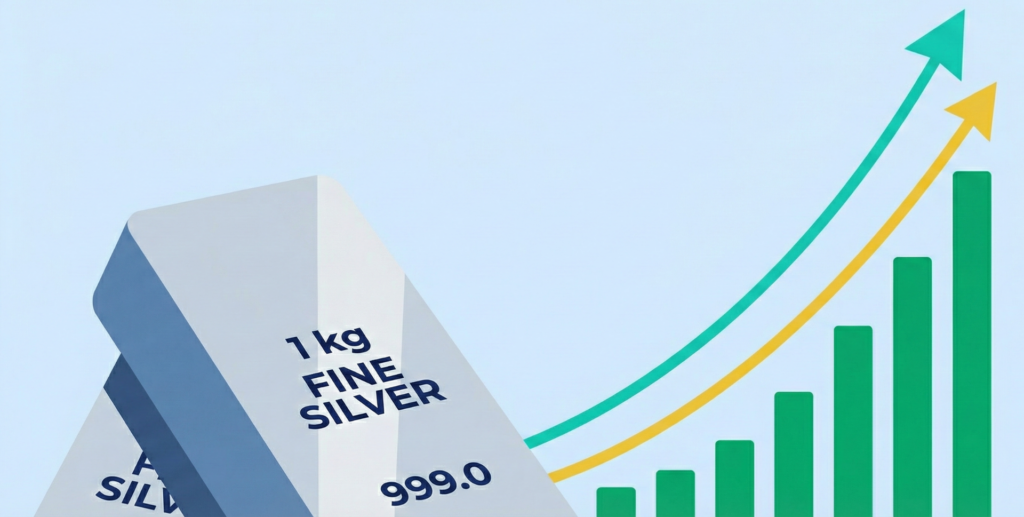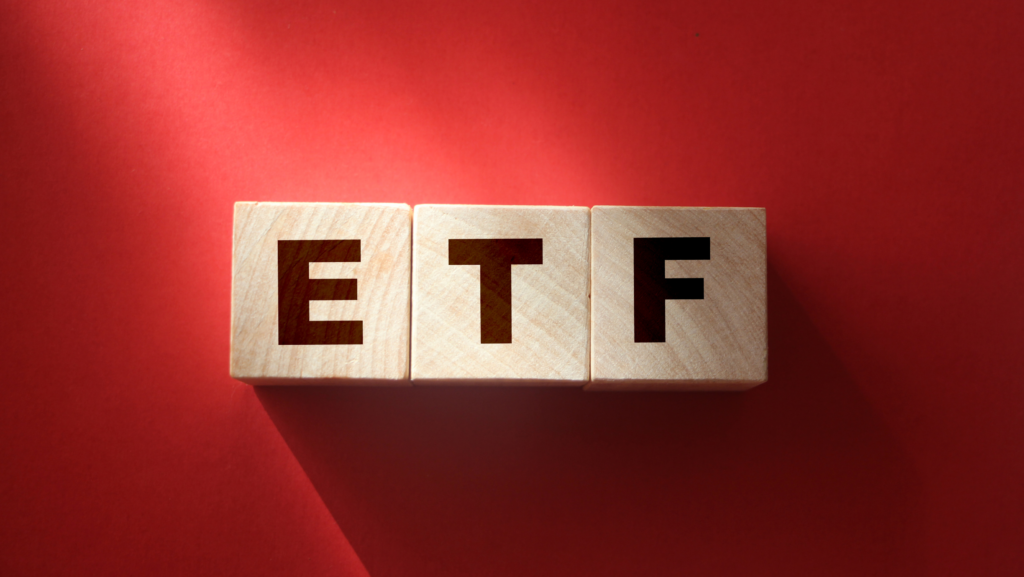Have you ever wondered how your investments work, especially when it comes to dividend stocks? Investing in stocks has always been a popular way to build wealth, and dividends are one of the perks many investors look forward to.
But what happens when you own only a fraction of a share? Do you still get dividends, and if so, how? Keep reading to uncover the benefits of fractional investments and the opportunities they present.
What Is a Fractional Share?
A fractional share is a portion of a stock that results from stock splits, dividend reinvestment plans (DRIPs), or mergers and acquisitions, allowing investors to own less than a full share of a company’s stock.
For example, if an Indian investor participates in a DRIP offered by a company like Infosys and receives dividends amounting to ₹500, but one share costs ₹750, they can still reinvest their dividends to buy 2/3 of a share, resulting in them owning a fractional share of Infosys.
Why Do Investors Buy Fractional Shares?
Investors opt for fractional shares for several reasons:
- Fractional investment allows for diversification, as investors can spread their investment across various stocks without needing to buy whole shares.
- High-priced stocks become accessible as investors can buy a fraction of a share.
- It offers the flexibility to invest a specific amount of money, rather than the price of a whole share.
What Are Dividends & How They Work?
Dividends are payments made by a corporation to its shareholders, usually derived from the company’s profits. When a company earns a profit, it can reinvest in the business or distribute it to shareholders as dividends.
For fractional shares, dividends are paid out proportionally to the ownership of the share. For example, if you own a half share (0.5) of a company that pays a dividend of INR 100 per full share, your dividend payment for your fractional share would be calculated as follows:
Dividend Payment = Fractional Share × Per Share Dividend
Substituting the values:
Dividend Payment = 0.5 × 100 = ₹50.
This calculation ensures that dividends are fairly distributed according to the proportion of the company that each investor owns.
Factors Influencing Dividend Payments on Fractional Shares
- Different platforms have specific policies regarding fractional shares and dividend payments.
- The dividend payment also depends on the company’s policies and its profitability.
- The terms attached to fractional share ownership can influence how dividends are paid out.
- Broader economic and market conditions can influence a company’s ability to pay dividends. In times of economic downturn, companies may reduce or suspend dividend payments to conserve cash. Conversely, in a strong economy, companies may increase dividend payouts.
Benefits of Dividends on Fractional Shares
Here’s a breakdown of the advantages:
Potentially Leading For Better Income
Investing in fractional shares allows for the accumulation of dividends proportionate to the share owned. Even if you own a 0.5 share and the stock pays a ₹10 dividend, you receive ₹5, making it easier to start generating income from investments without needing large amounts of capital.
Easy for Investors
Fractional shares lower the entry barrier for investing. You can buy into high-priced stocks with as little as ₹10, enabling participation in the stock market with minimal initial investments.
Flexibility to Invest in Companies
This flexibility means investors can allocate a specific amount towards high-value stocks like Alphabet, Inc., or Amazon.com, Inc., that would otherwise be out of reach due to their high per-share price, democratising access to premium investments.
Potential Growth
By allowing investment in fractions of a share, investors can partake in the potential growth of high-performing companies without the need to invest large sums upfront. This can lead to significant portfolio growth over time, especially when investing in companies with strong performance records.
Portfolio Diversification
Fractional shares enable investors to spread their investments across a wider range of stocks or ETFs with a smaller amount of money. This diversification can reduce risk, as it mitigates the impact of poor performance in any single investment on the overall portfolio.
Regular Income
The dividends received from fractional shares can be reinvested through dividend reinvestment plans (DRIPs), leading to the acquisition of more fractional shares over time. This compounding effect can significantly enhance the value of an investment portfolio and contribute to a steady stream of income.
Final Thoughts
“An investment in knowledge pays the best interest.” – Benjamin Franklin. Every small piece of your investment, no matter how fractional, can contribute to your wealth-building journey.
For those interested in the dividends from fractional share investments, the Appreciate trading app helps you with wealth management and financial planning through goal-based investment. With Appreciate, you can invest in U.S. stocks and other financial products without worrying about commission fees or a minimum investment amount.
FAQs
1. Do you get the dividends if you have fractional shares?
Yes, you receive dividends proportional to your fractional share ownership.
2. What are fractional shares that pay dividends?
Fractional shares that pay dividends are parts of a stock that earn dividend payments in proportion to their size.
3. Can a fraction be a dividend?
Yes, when owning fractional shares, the dividend you receive is a fraction of the full dividend payment.
4. Do dividends get paid on fractional shares?
Absolutely, dividends are paid on fractional shares, proportionate to the amount of the share owned.























